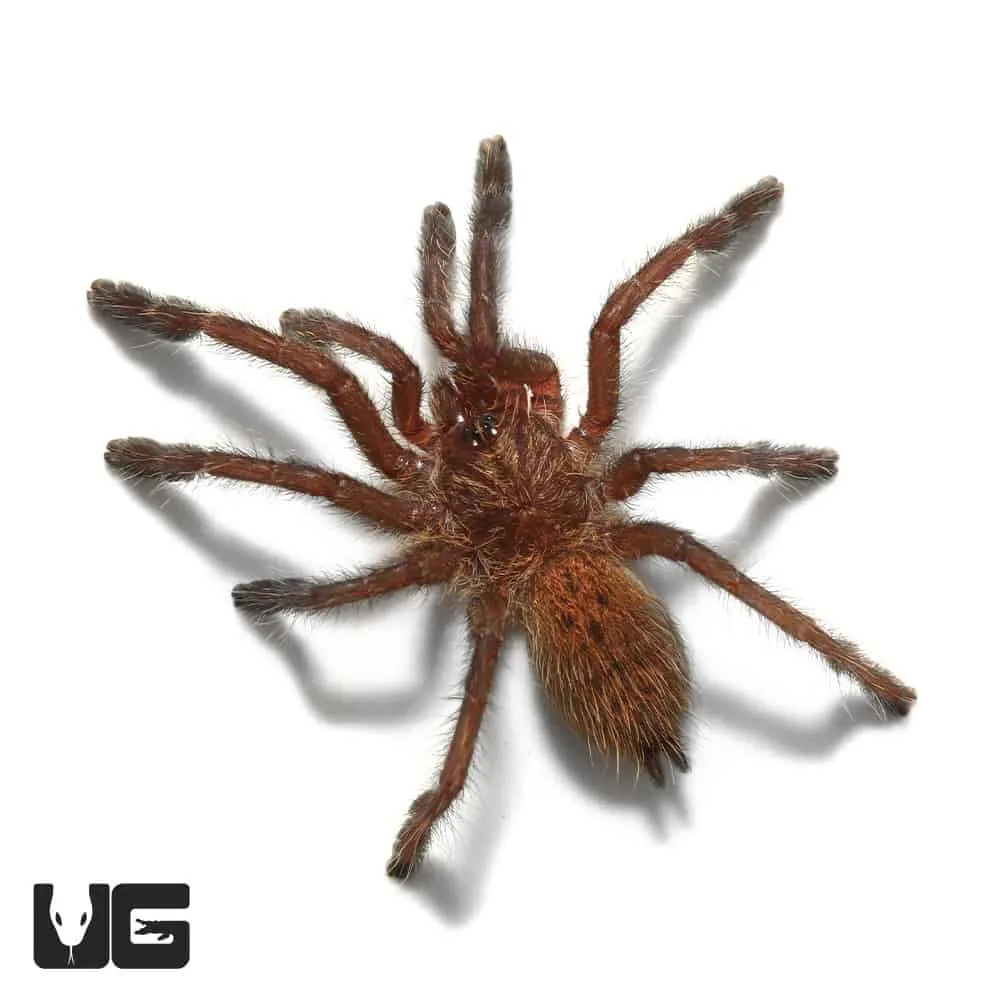What is an Orange Baboon Tarantula (OBT)
The Orange Baboon Tarantula (OBT), scientifically known as Pterinochilus murinus, is a spider species that has gained both popularity and notoriety among arachnid enthusiasts. Native to the diverse landscapes of Africa, this tarantula is instantly recognizable by its striking coloration, often ranging from a vibrant orange to a rusty reddish-brown. However, while their appearance may be captivating, it’s essential to understand that the OBT is not typically recommended for novice keepers. Its temperament is often described as defensive and aggressive, and its potent venom can produce a painful bite. Understanding the OBT’s characteristics, behavior, and the potential risks involved is paramount for any potential owner. The OBT’s reputation for being a ‘difficult’ species is well-earned, and only experienced keepers should consider keeping them as pets. The spider’s defensive nature often means that any interaction with it must be approached with extreme caution and respect for its natural instincts. It is always a good idea to do thorough research before acquiring any new pet.
Appearance and Characteristics of the OBT
The OBT’s striking appearance is one of its most distinguishing features. Its body is covered in fine hairs, which, coupled with its coloration, gives the spider a unique visual appeal. The color can vary considerably, influenced by factors like the tarantula’s origin, age, and individual characteristics. Besides its eye-catching color, the OBT possesses other notable physical traits. Its legs are relatively long and powerful, allowing for swift movement. As with all tarantulas, the OBT has chelicerae, the jaw-like mouthparts used to capture and subdue prey. The OBT has a moderate size for a tarantula, with a leg span that can reach up to 5 inches (12-13 cm) in adulthood. This size makes them relatively manageable, but it’s crucial to provide them with an appropriately sized enclosure. Their behavior and temperament require special attention. The OBT tends to be very quick and defensive. They also create intricate web tunnels in their enclosures. This behavior is a natural instinct and should be a consideration when setting up their habitats. As a pet, you should know about its behaviors to keep the spider safe.
Understanding the OBT’s Venom
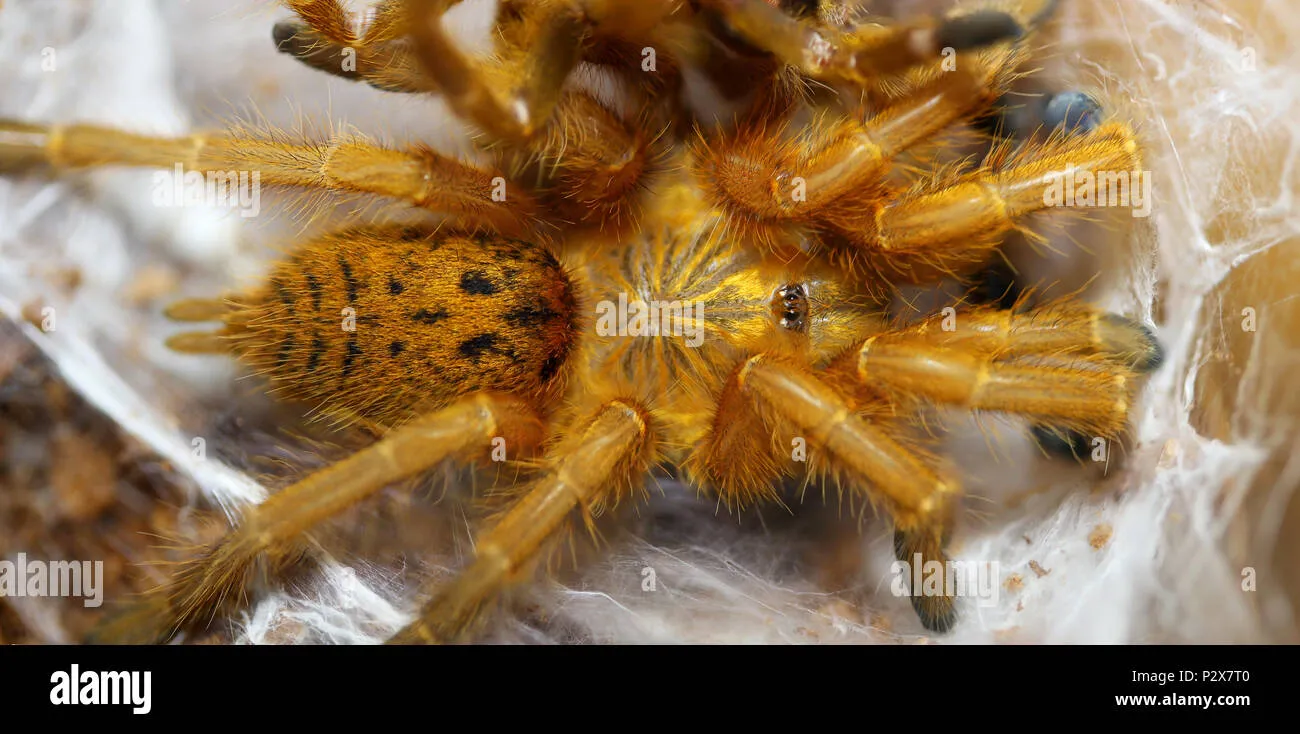
Like all tarantulas, the OBT uses venom as a primary tool for hunting prey and defending itself. The venom is a complex cocktail of toxins that act on the nervous system, aiming to paralyze or incapacitate the spider’s targets. The precise composition and potency of the venom can differ based on factors like the spider’s diet, age, and overall health. The primary function of the venom is to subdue and kill insects and other small creatures that form the OBT’s diet. However, when injected into humans, the venom elicits a range of symptoms. Understanding the OBT’s venom is essential for assessing the potential risks associated with owning one. While the OBT’s venom is not typically lethal to humans, it can cause significant discomfort and require medical attention. It’s always best to be informed and act accordingly in case of a bite. This knowledge is crucial for ensuring responsible pet ownership and maintaining a safe environment.
How Potent is the OBT’s Venom
The OBT’s venom is generally considered to be moderately potent. The bite can lead to intense pain at the bite site and can trigger muscle cramps. While not as dangerous as some other spider species, the OBT’s venom can cause significant discomfort. The intensity of the pain can persist for several hours or even days. The venom’s composition and effects can vary between individual spiders. Furthermore, the amount of venom injected during a bite, also known as the ‘venom load,’ can differ. The venom’s effect also underscores the need for caution and responsible handling of OBTs. The bite can be quite a painful experience for the victim. Although the OBT’s venom is usually not life-threatening, the painful effects make this tarantula species one of the more dangerous ones to keep. The potential effects also highlight the importance of knowing what to do in the event of a bite.
What Happens When an OBT Bites
When an OBT bites, it uses its powerful chelicerae to pierce the skin and inject its venom. This is often preceded by the spider displaying a defensive posture, which might include raising its front legs and displaying its fangs, indicating a clear warning. Bites typically occur when the spider feels threatened, startled, or when mishandled. The immediate sensation is often a sharp, burning pain that quickly intensifies. Although some bites may be ‘dry bites,’ where no venom is injected, this is rare. The bite wound itself appears as two small puncture marks. The bite is the direct result of the spider’s defensive instincts. The duration and severity of the symptoms depend on several factors, including the amount of venom injected and the individual’s sensitivity. This is why it is essential to be extremely cautious when dealing with this species, and only handle them when it is strictly necessary.
Symptoms of an Orange Baboon Tarantula Bite
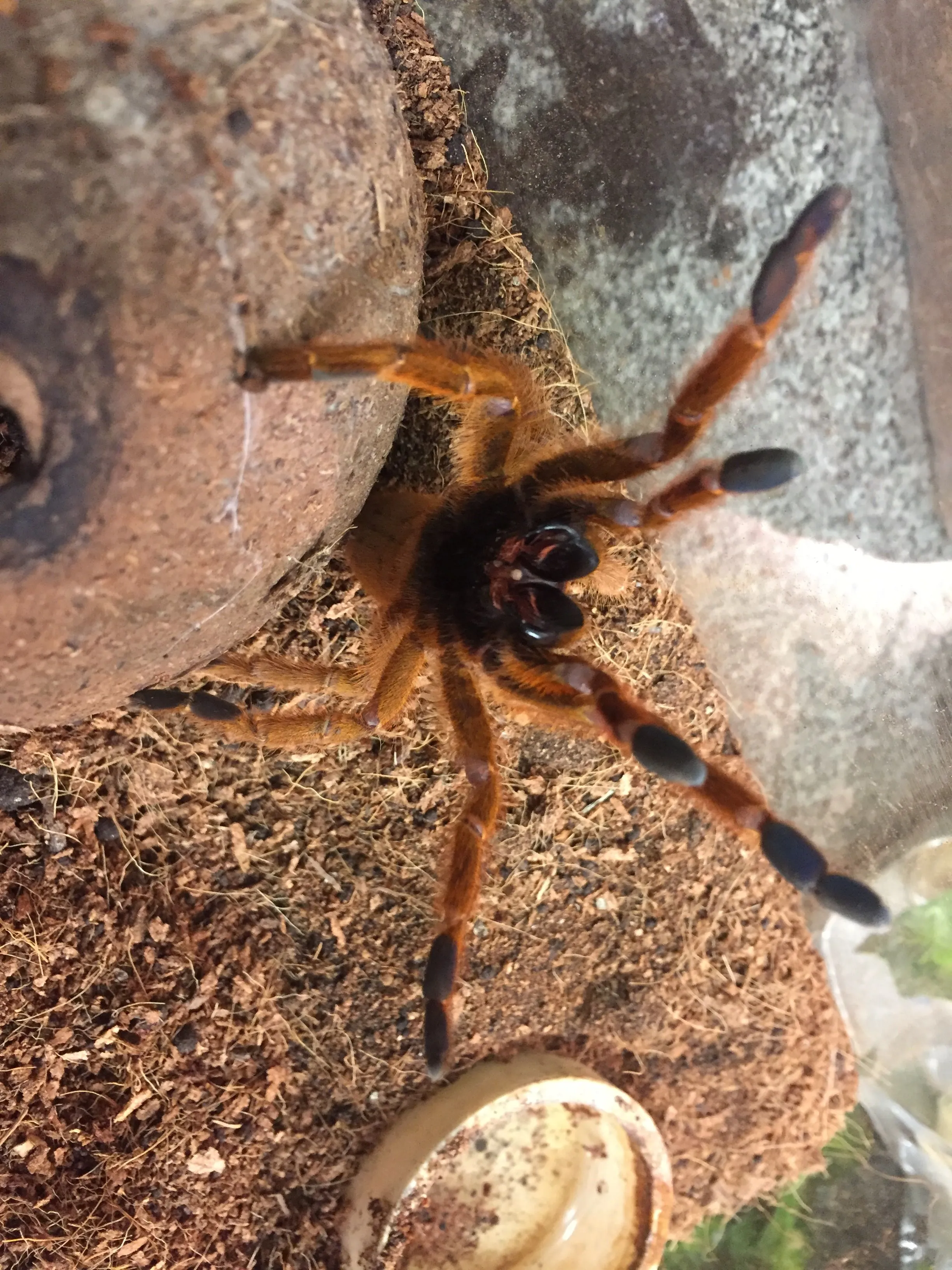
The symptoms of an OBT bite can vary, but common reactions include intense pain at the bite site, often accompanied by swelling and redness. Muscle cramps, particularly in the bitten limb, are a frequently reported symptom. These cramps can range from mild to severe. Other potential symptoms can include nausea, sweating, and an increased heart rate. In some cases, systemic effects can also occur, such as difficulty breathing or allergic reactions, though these are rare. If you experience these symptoms, seek medical attention. The bite wound itself usually presents as two small puncture marks, and the area around the bite becomes inflamed and tender. Monitoring for worsening symptoms is essential. Early recognition and prompt medical attention can reduce the risk of complications and ensure a faster recovery. It’s also important to know that these symptoms may vary from person to person.
Initial Reactions and Localized Effects
The initial reactions to an OBT bite are often quite pronounced and localized. The most immediate symptom is a sharp, burning pain, which can rapidly spread from the bite site. Swelling and redness typically develop around the wound, an indication of the body’s inflammatory response to the venom. Muscle cramping is also common, often affecting the limb where the bite occurred. These cramps can range from mild to extremely painful, affecting mobility. Other localized effects might include throbbing sensations, skin irritation, and a general feeling of discomfort. The intensity of the initial reactions depends on several factors. These factors include the amount of venom injected and the individual’s sensitivity to the venom. It is crucial to monitor any bite victim and look for signs of worsening symptoms. A swift response can help minimize the impact and prevent further complications. Understanding these initial reactions helps to recognize the situation and seek prompt care.
Systemic Effects and Potential Complications
In some cases, an OBT bite can trigger systemic effects, meaning that symptoms affect the entire body, not just the bite site. These effects can range from mild to severe. Some individuals may experience nausea, sweating, and an accelerated heart rate. More serious complications are rare. However, those can include difficulty breathing or allergic reactions. If these more severe symptoms appear, immediate medical attention is required. Though rare, allergic reactions can occur, leading to hives, swelling, and difficulty breathing. It is vital to monitor the victim closely and promptly recognize and address any signs of systemic distress. Early medical intervention is critical in such cases to mitigate the effects and reduce the risk of long-term complications. The occurrence of systemic effects highlights the need for vigilance and rapid response in cases of bites.
First Aid and Immediate Treatment
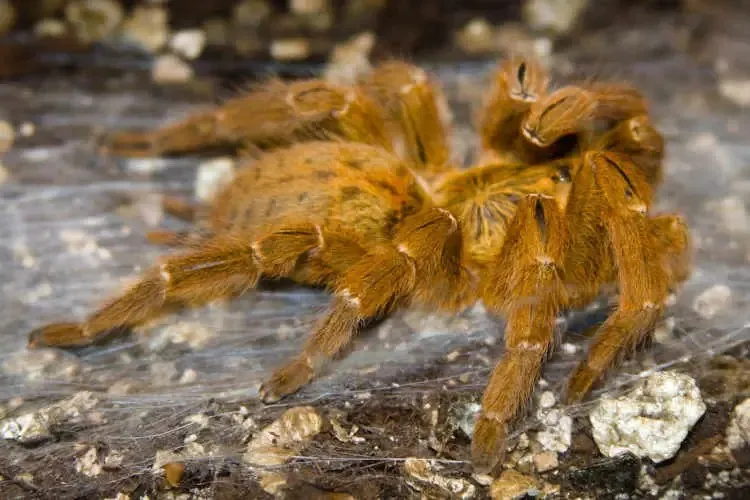
The primary goal of first aid for an OBT bite is to minimize the effects of the venom and prevent complications. If bitten, the first step is to remain calm and move away from the spider to a safe area. Gently clean the bite wound with mild soap and water. Applying a cold compress can help alleviate pain and reduce swelling. Elevating the affected limb also helps to control swelling. You must monitor the bite victim for any signs of a severe reaction, such as difficulty breathing, dizziness, or other serious symptoms. If you suspect a severe reaction, seek immediate medical help. Avoid using home remedies that may not be effective or could worsen the situation. Seek professional medical attention, even if the symptoms seem mild. Medical experts can provide appropriate treatment and ensure there are no hidden complications.
What to Do Immediately After Being Bitten
After an OBT bite, you should take immediate steps to minimize the impact. Remove any clothing or jewelry near the bite site. Wash the area gently with soap and water to remove any venom that may still be present. Apply a cold compress or ice pack to the bite to reduce pain and inflammation. Elevate the bitten limb above the heart level to minimize swelling. Seek medical attention as soon as possible, particularly if you experience severe symptoms. If you have the spider, try to safely bring it with you in a secure container for identification. Provide medical personnel with as much information as possible. This includes details about the spider and the circumstances of the bite. Remain calm and avoid unnecessary movement. Prompt medical intervention can minimize the effects and prevent complications. Quick actions are essential to improve the victim’s health.
Medical Treatment and Professional Help
Medical treatment for an OBT bite typically focuses on managing symptoms and preventing complications. Doctors may administer pain relief medications to manage the discomfort. Anti-inflammatory drugs might be used to reduce swelling and inflammation. In cases of severe reactions, epinephrine or other medications may be necessary to counteract the effects of the venom. Medical staff will also monitor the patient’s vital signs and watch for complications. Treatment might involve intravenous fluids if the patient shows signs of dehydration or shock. The patient will receive supportive care. The patient should follow medical advice and attend follow-up appointments. Medical attention is essential to ensure complete recovery. Medical professionals are trained to assess the situation and deliver the best possible care, ensuring minimal long-term effects.
Long-Term Effects and Recovery
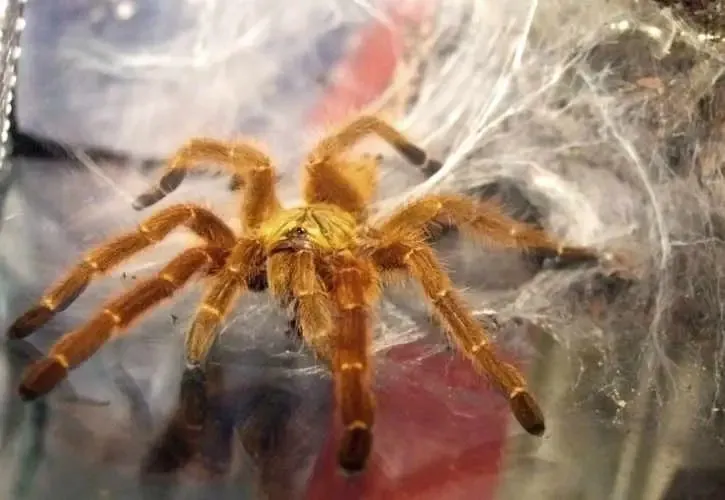
Most people recover fully from an OBT bite within a few days or weeks. However, some individuals may experience prolonged effects, such as persistent pain, muscle weakness, or hypersensitivity at the bite site. Physical therapy might be necessary to restore full function to the affected limb. In rare cases, psychological effects such as fear or anxiety related to spiders can arise. In those situations, counseling or therapy may be beneficial. Regular follow-up appointments with a healthcare provider can help monitor the recovery progress. Following medical instructions and gradually returning to normal activities aid in a full recovery. For most, the bite’s effects are temporary. With proper care and attention, a complete recovery can be expected. Be aware that individual responses vary.
Severity Factors and Risk Assessment
The severity of an OBT bite depends on a variety of factors. The amount of venom injected plays a significant role in determining the severity. The individual’s sensitivity to the venom is another crucial factor. The bite location also matters. The bites on sensitive areas could be more dangerous than those on the limbs. The overall health of the individual affects how their body responds to the venom. Pre-existing conditions can also influence the severity of the reaction. Understanding these factors is essential for assessing the potential risks. By knowing these factors, you can take precautions. That also influences the decisions about handling and care and helps to determine when medical intervention is needed. A clear assessment of the risks involved is a key aspect of responsible pet ownership.
Factors Influencing Bite Severity
Several factors influence the severity of an OBT bite. The quantity of venom injected is a crucial factor. The spider’s size and overall health affect the potency of the venom. The location of the bite is another significant consideration. Bites on sensitive areas can be more serious. The victim’s body weight and overall health play a role. People with pre-existing medical conditions might have more severe reactions. The speed of medical intervention has an impact on the severity of the effects. Quick and effective treatment is essential to minimize potential complications. The victim’s age can be a factor, with children and the elderly possibly being more vulnerable to severe reactions. Knowing these factors can help in prioritizing treatment and recovery steps. It also informs the decisions related to prevention.
Who is Most at Risk?
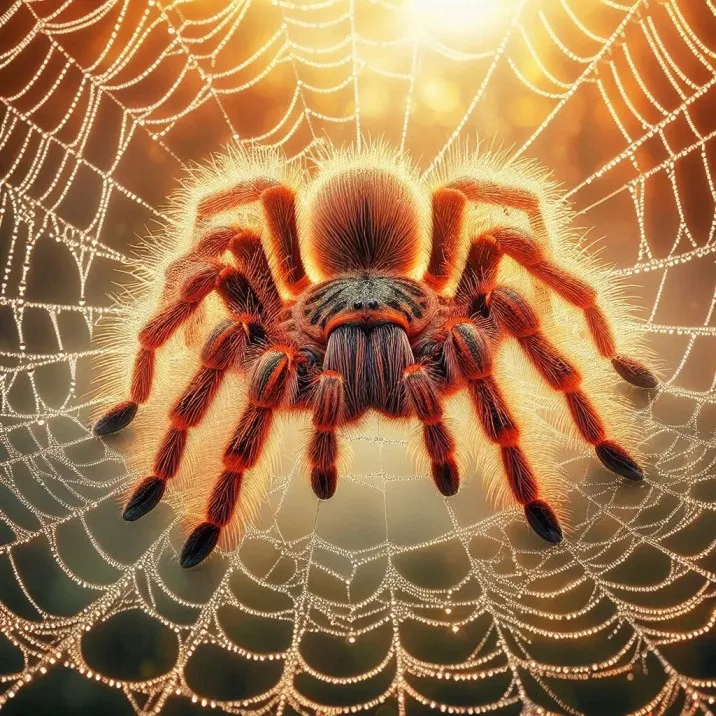
While anyone bitten by an OBT is at risk, certain groups are potentially more vulnerable. Children and the elderly, because of weaker immune systems, may be at a higher risk. People with allergies or pre-existing health conditions might experience more severe reactions. Individuals who are frequently exposed to OBTs, like tarantula keepers, are at an elevated risk of being bitten. Those who handle OBTs without adhering to proper safety measures increase their risk. This highlights the importance of safety protocols and precautions. It is essential for all individuals to handle these spiders with caution and respect. Those with allergies should be especially careful, and all at-risk groups must take the necessary precautions to prevent bites.
Preventing Orange Baboon Tarantula Bites
The most effective way to avoid an OBT bite is to prevent contact with the spider. Always handle OBTs with extreme caution and only when necessary. Wearing protective gear, such as gloves, long sleeves, and eye protection, is critical. Avoid sudden movements that might startle the spider. Ensure that the enclosure is secure and not easily accessible to children or pets. Never put your hand directly into the enclosure. Use long tools or tongs to manipulate the spider. Be mindful of the spider’s behavior and signs of aggression. If the spider displays a defensive posture, leave it alone. Educate yourself about OBT behavior to ensure safe handling and care. Adhering to these measures is crucial for ensuring safety. Always use a cautious approach.
Safe Handling Practices
Safe handling of an OBT is essential to prevent bites. Always use a long pair of tongs or other specialized tools to handle the spider. Avoid bare-handed contact, even if you feel confident. Handle the tarantula over a soft surface. This minimizes the risk of injury if it falls. Approach the spider calmly and move slowly. Never make sudden movements. Ensure that the enclosure is escape-proof and the spider cannot get out. Always keep your face away from the spider. Wear appropriate protective gear, such as gloves and long sleeves, to minimize risk. Be observant of the tarantula’s behavior and be prepared to react accordingly. If the spider shows any signs of aggression, stop handling it immediately. Following these safe handling practices ensures that the handling experience is safe for both you and the spider. They should be considered standard practice for anyone interacting with an OBT.
Proper Enclosure and Environment
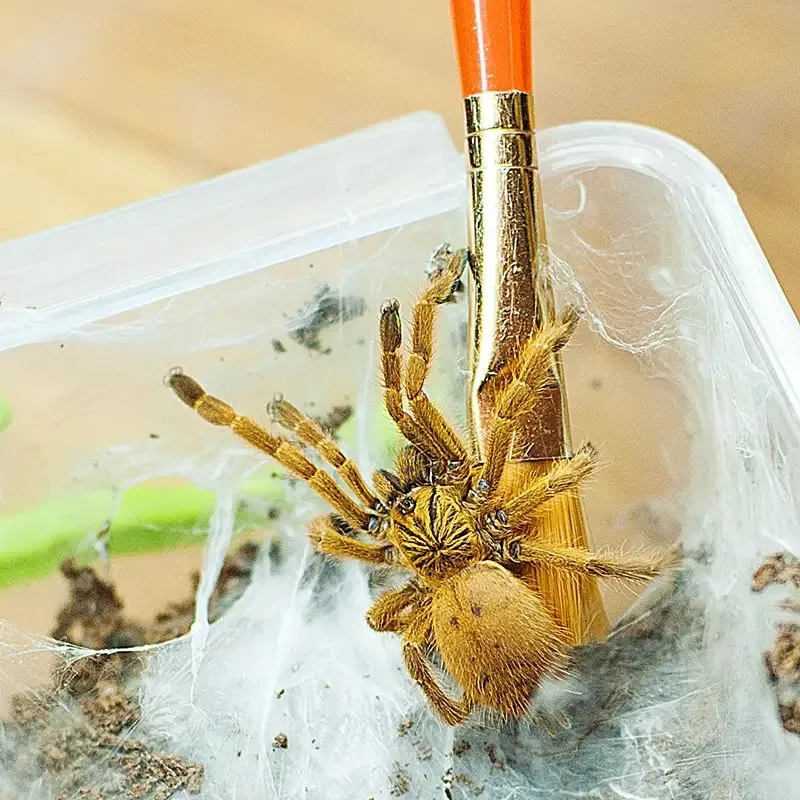
A proper enclosure is key for the safety of both the OBT and its keeper. The enclosure should be escape-proof. It should be large enough to accommodate the spider. It should also provide opportunities for burrowing, allowing the spider to express its natural behaviors. Providing hiding places within the enclosure is also important. The enclosure must have good ventilation and maintain appropriate temperature and humidity levels. Avoid using materials that the spider could damage or that might be harmful. Regularly cleaning the enclosure is essential for maintaining the spider’s health. The environment should mimic the spider’s natural habitat. That helps to reduce stress and minimize the risk of bites. A well-designed enclosure offers security. It also minimizes the need for unnecessary interactions and potential dangers. Proper enclosure and housing are vital for responsible tarantula ownership.
Debunking Myths About OBT Bites
Many myths surround OBT bites, leading to unnecessary fear and misinformation. One common myth is that all OBT bites are deadly to humans. While painful, the bites are rarely fatal. Another myth suggests that OBTs are inherently aggressive and bite without provocation. Bites typically happen when the spider feels threatened. A common misconception is that there is a specific antivenom for OBT bites. Treatment usually focuses on managing the symptoms. Another misconception is that all OBT bites are the same; the severity can vary. Education is crucial to dispel these myths. Providing accurate information helps reduce unnecessary fears and anxiety. The goal is to help people understand the actual risks involved. Debunking myths helps to promote responsible pet ownership and a better understanding of the species.
In conclusion, while Orange Baboon Tarantula bites can be painful and cause some unpleasant symptoms, they are rarely life-threatening. Understanding the risks, practicing safe handling, and seeking appropriate medical care if bitten are crucial. By respecting the OBT’s nature, educating yourself, and taking necessary precautions, you can minimize the risk of a bite and ensure the safety of both yourself and the spider. Always handle these amazing creatures with the utmost care and caution. If you are bitten, seek professional medical attention to alleviate any issues.
